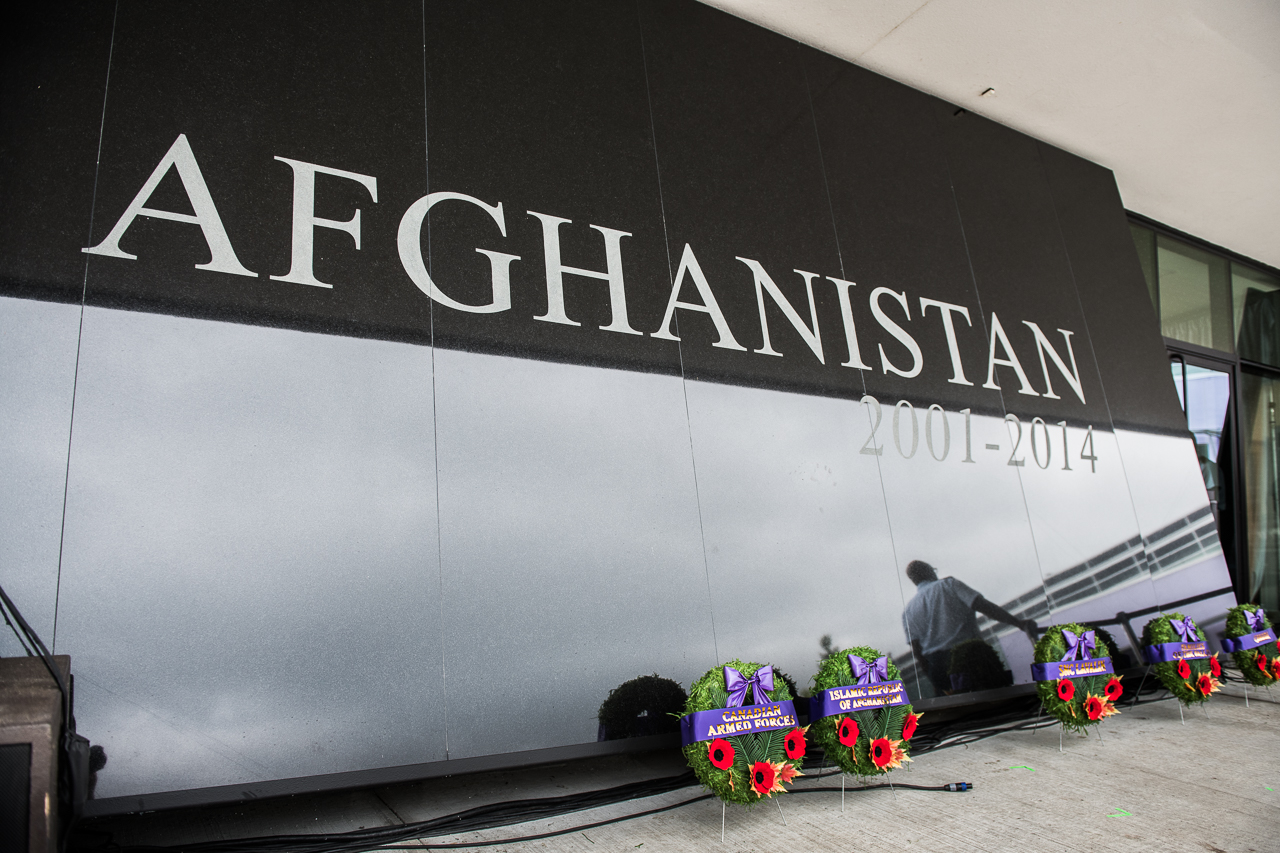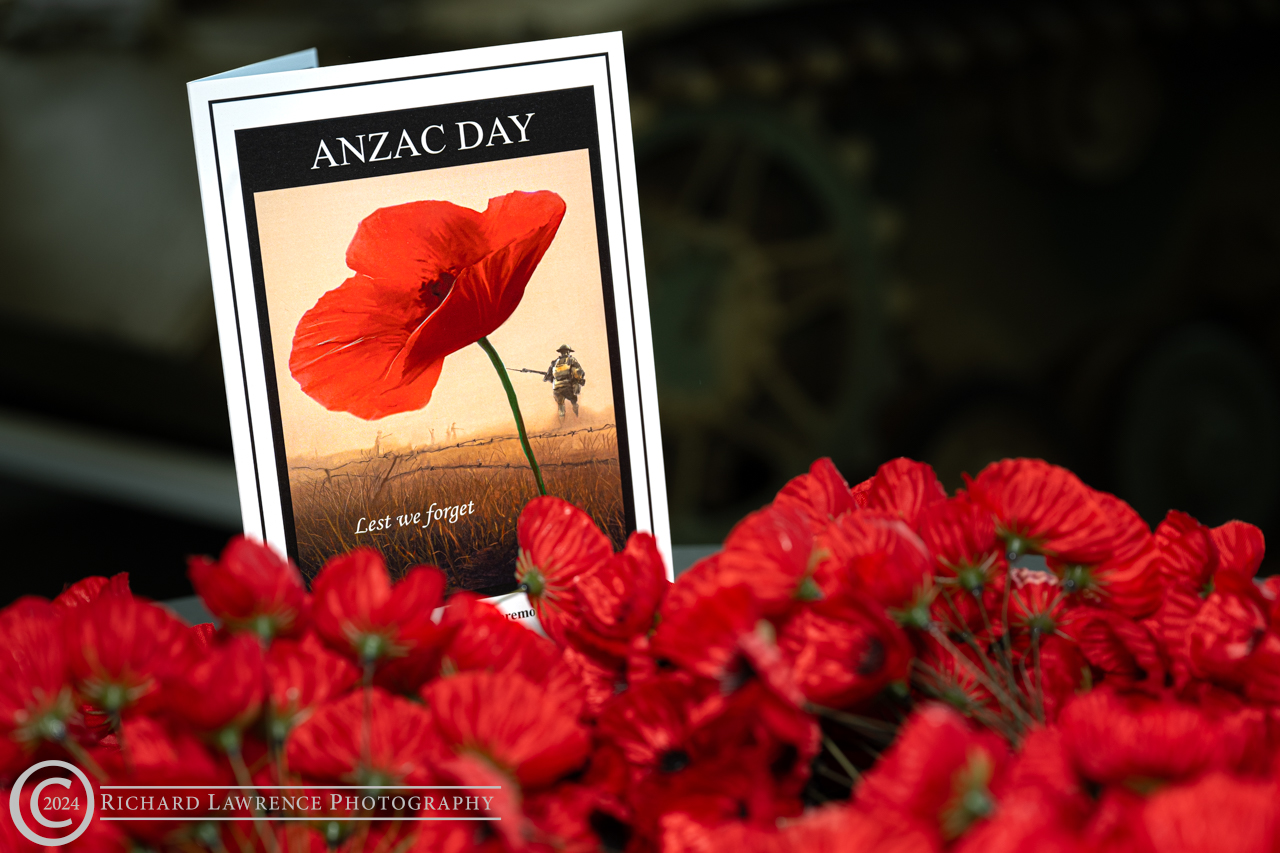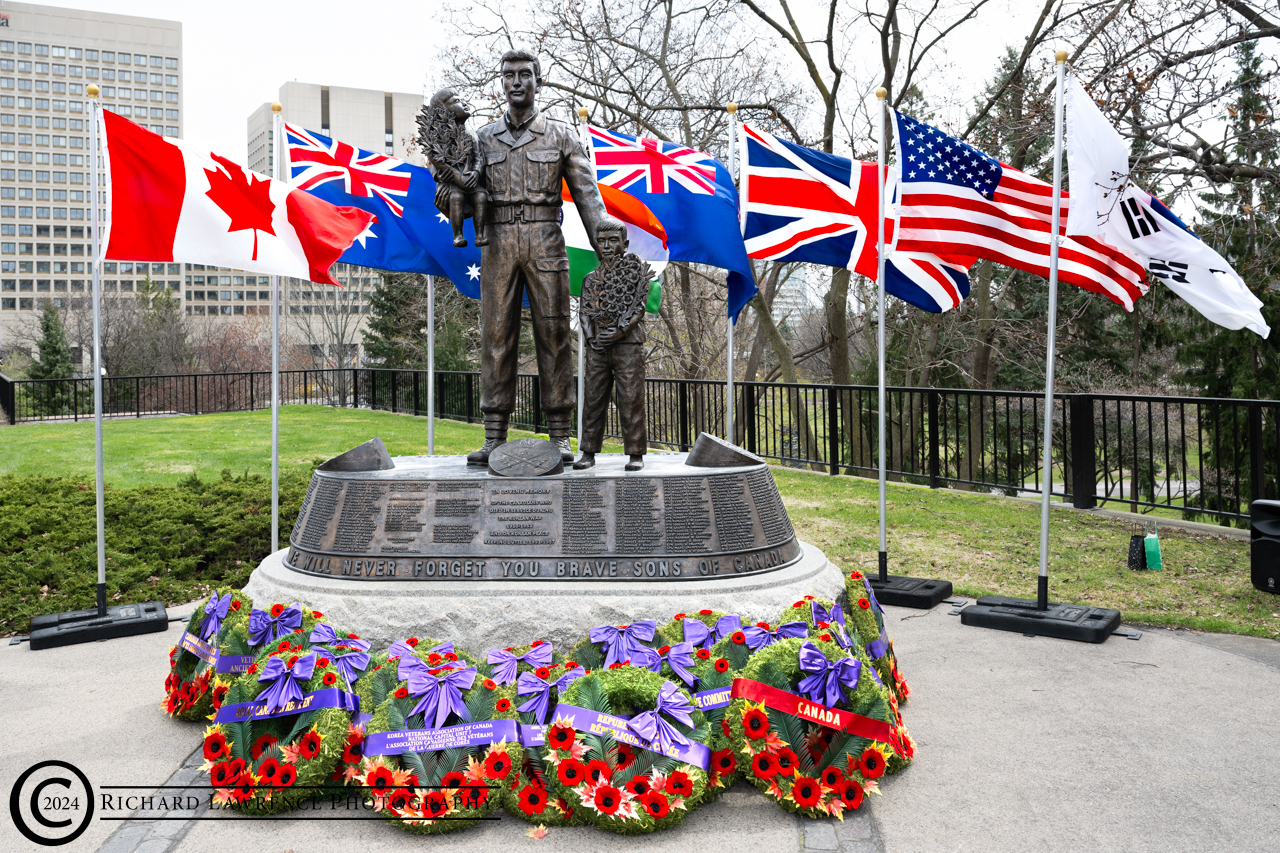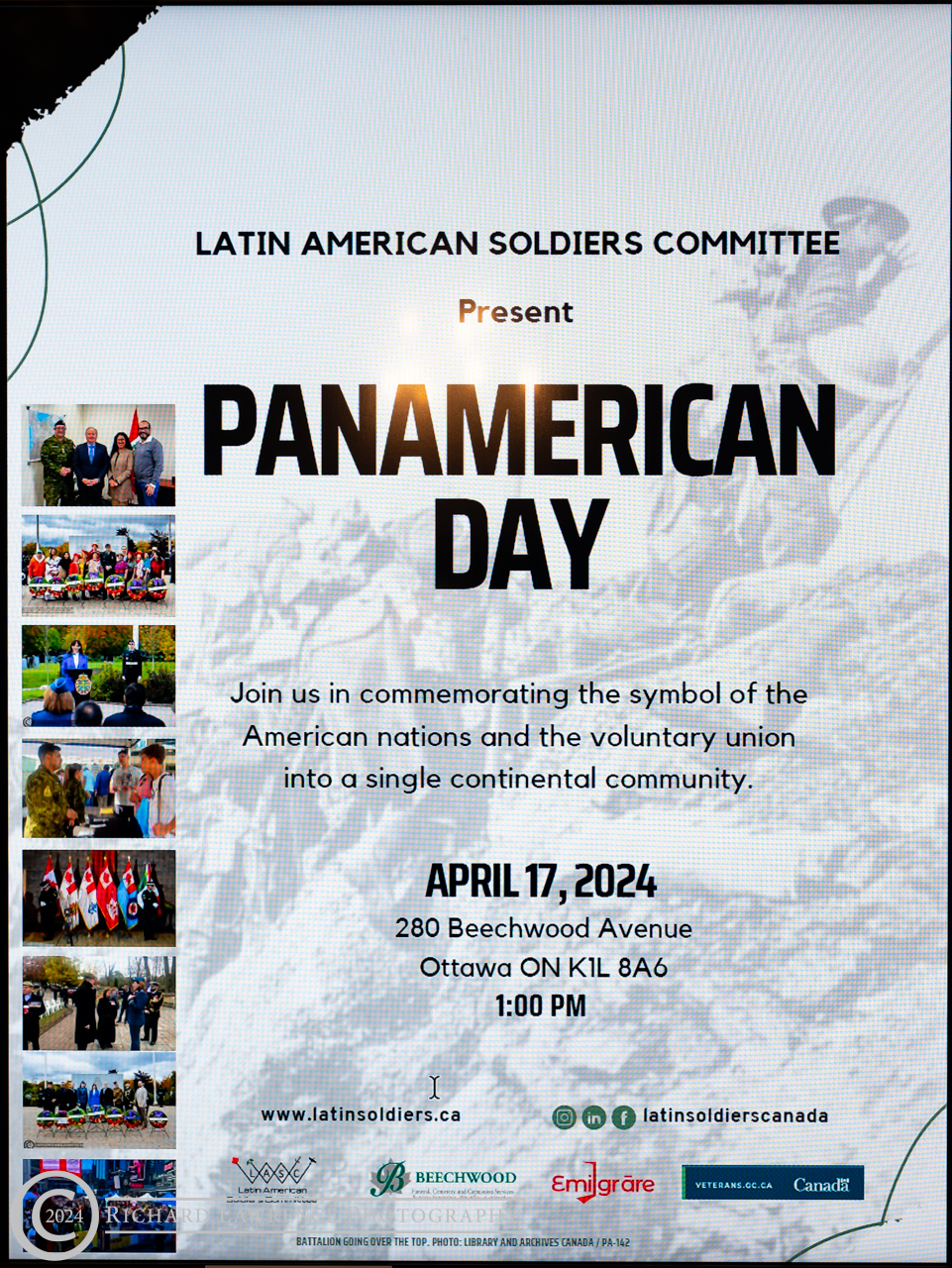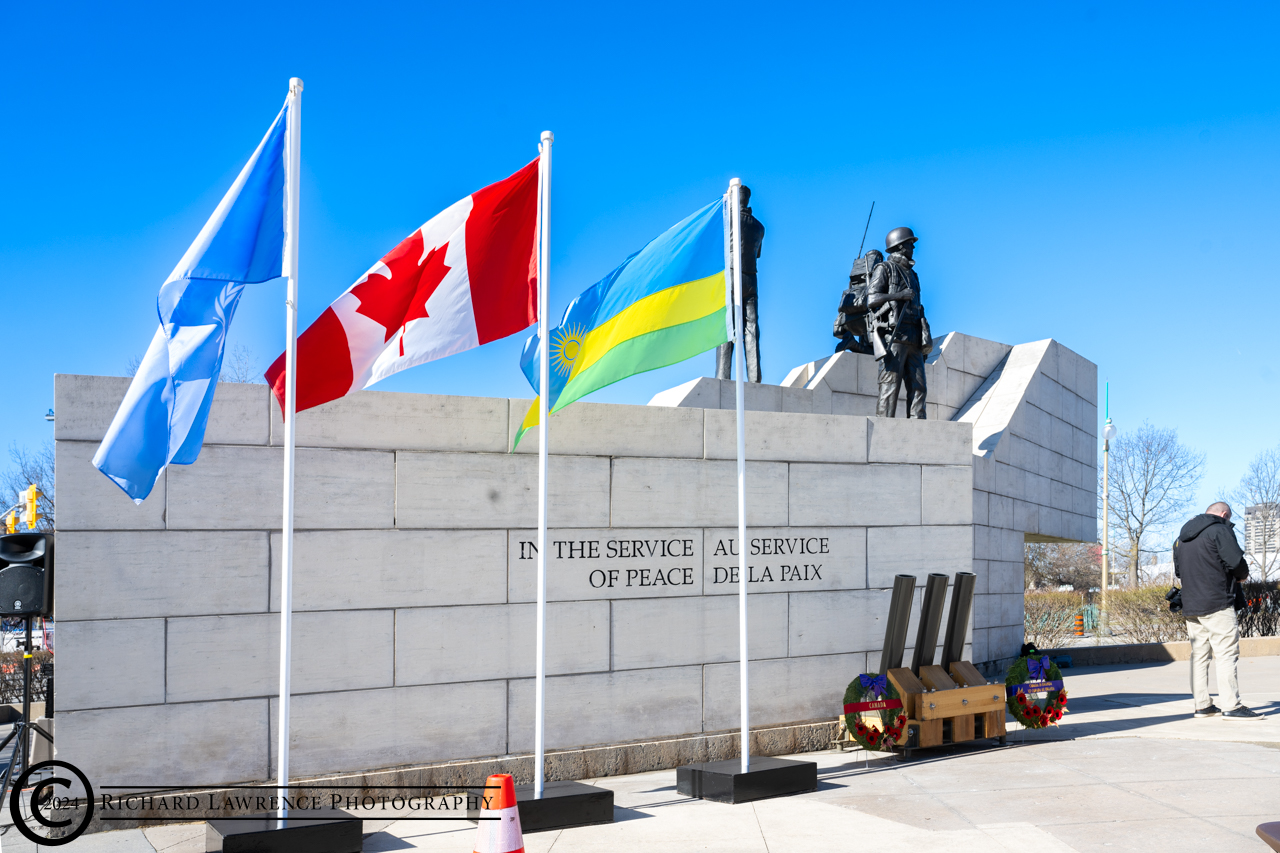Three months ago, the Canadian Armed Forces dedicated a memorial to those Canadian Forces members, civilians, and foreign combatants under Canadian command who died in Afghanistan from 2001 to 2014 (the Fallen). To be absolutely correct, the Kandahar Airfield Cenotaph was placed in a building within the new NDHQ (Carling Campus) called the Afghanistan Memorial Hall and it’s important to know that these two things are separate entities that are now combined within a secure perimeter which is not generally open to the public. The original dedication was a closed affair to which family members of the Fallen were not invited and a great hue and cry erupted because it was felt that the family members had been disrespected. With hindsight aplenty, the CAF agreed that it had misstepped and on 17th August, 2019, rededicated the Afghanistan Memorial Hall with as much pomp and circumstance as could be mustered and included almost 700 family members of the Fallen.
The Cenotaph began life in 2003 at Camp Julian (Kabul, Afghanistan) when Capt. Sean McDowell conceived an idea to create a memorial to the first six Canadians killed. On Remembrance Day, 2003, it was unveiled at the camp and it included a two-tonne boulder from the site where the jeep was hit by an improvised explosive device (IED) with two plaques attached (provided by Rod McLeod) and two marble plinths with an engraved inscription. In November, 2005, Camp Julian was closed and the Cenotaph moved to Kandahar Airfield.
At Kandahar Airfield, the Cenotaph was redesigned to accommodate the growth of additional plaques. The boulder was placed on a platform, and two wooden wings were added with the plinths replaced with marble walls containing the same inscription. In 2008 Canadian artist Sylvia Pecota donated a plaque of an angel caring for a wounded soldier which was placed on the boulder. Over time, it continued to be added to with more wings and the addition of non-Canadians and civilians who lost their lives under Canadian command. After the last Remembrance Day in Kandahar (2011), the Cenotaph was painstakingly dismantled and returned to Canada where in May, 2014, it was put on display on Parliament Hill and then toured other Canadian cities and Washington, USA. In May, 2019, with the Cenotaph installed in the Afghanistan Memorial Hall at NDHQ, a limited guest-list dedication was held which the CDS later viewed as an error in not making the event more public. That led to this rededication of the Afghanistan Memorial Hall on 17th August, 2019,
The day broke cloudy and humid and rain had fallen during the early morning but the forecast was that further rain would hold off until after noon. Families, VIPs, guests, and military members strolled down the reflecting pond to the venue site and into their seats where, 30 minutes prior to the ceremony start, big LED screens on both sides of the Memorial Hall came to life with a slide show of the Fallen, accompanied with music from the Ceremonial Guard Band. After the last of the Fallen was shown, the show continued calling attention to landmark moments in the Afghan campaign until it was time to start the ceremony with over 700 people in attendance – mostly family members of the Fallen.
The official party arrived with Governor-General, Julie Payette accompanied by the Chief of Defence Staff, General Jonathan Vance, and the Minister of National Defence, Harjit Sajjan. The national anthems of Afghanistan, the United States of America, and Canada were played after which everyone was seated in anticipation of the first event of the program. To that end, Honourary Colonel Terry Kelly, singer/songwriter of “A Pittance of Time”, took to the podium where he sang “Portraits of Honour” to a crowd that was absolutely silent during the performance. When finished, it was time for the remarks from the official party and representatives from Afghanistan and the USA with the Governor-General first to speak.
H.E. Payette spent time speaking of seeing images of the Fallen being brought back from ramp ceremonies and down the Highway of Heroes, and of the people paying their respects along the highway, regardless of weather conditions. She noted the sacrifices of the families, during deployment and during loss and recognized the struggles of those coming home, some with injuries seen and not seen. Minister Sajjan amplified her remarks and recognized that the memorial is, “… a tangible reminder of your loved one’s service and sacrifice.”
The First Secretary of the Islamic Republic of Afghanistan, Mr. Fahim Ebrat, thanked all the families for their sacrifices and remarked that the sacrifices had not been in vain as the people of Afghanistan now have access to education, healthcare, and other public services and “… women and girls have a restoration of rights and have political representation in the provincial consult and national parliament.”. All this made possible by Canadian and U.S. forces. In concluding he said, “… their legacy is also indelibly etched in the living hearts of my people and is now forever part of our history.”
Mr. Richard Mills Jr., Deputy Chief of Mission, U.S. Embassy (Ottawa), reflected on the time of 9/11 and of the Canadians welcoming everyone caught in the air when the U.S. closed its airspace. He spoke of the partnerships between Canada and the U.S. and then looked to the future of Afghanistan saying, “The United States will move forward seeking an honourable and enduring outcome to the war in Afghanistan that will be worthy of the tremendous sacrifices that the U.S. and Canadian Armed Forces have made. … [to] ensure security for the Afghan people and their right to choose their country’s future.”
The last speaker was General Jonathan Vance, who twice commanded the forces in Afghanistan and has firsthand knowledge of events and the Cenotaph in theatre. He spoke of moments of reflection at the Cenotaph and when on his second tour, he purposely stopped in to remember Corporal Nick Bulger, who was the 121st Canadian killed when his jeep hit an IED in July, 2009. General Vance was in that same convoy where along with the death of Cpl Bulger, five others were injured. At this moment, General Vance had to stop and take a moment and when he started speaking again, it was obvious that emotion had overtaken him as his voice quivered a bit before completely regaining his composure. In fact, there were a couple of occasions where the General just took a pause, showing that these remembrances had a strong effect on him. On closing, he regretted the limitations of the first dedication and recognized the need to have the families involved. “Today it’s about you, the families. You are and always will be beloved to us in uniform.”
With remarks completed, the rededication took place inside the Memorial Hall followed by the Last Post, two minutes of silence, a flypast, finishing with the Lament and Reveille. Wreaths were then laid against the wall of the Memorial Hall followed by the “Send Off” by Major-General Guy Chapdelaine, Chaplain General. The Governor General was then taken into the Memorial Hall by General Vance where they looked at the plaques and memorial books and were then followed in by the families. And, as if God was looking down and saw the ceremony completed, the skies opened up and the rain started to fall as people moved to the reception area.
Some of the families then took the opportunity to speak with the media, although not many. Media had been asked to respect the solemnness of the occasion and not take images of the families in the Memorial Hall but once it cleared, a couple allowed themselves to be followed.
The final occasion of the day was when Lieutenant-General Jean-Marc Lanthier, Commander of the Canadian Army (until the 20th August) and Vice-Chief of Defence Staff, spoke to the media and took questions. He had served twice in Afghanistan, where in 2009 he lost ten members in the first eight weeks. He was asked why the Memorial Hall is in this publically inaccessible area, to which he responded,
“… the fact that here you’ve got the senior leadership of the Canadian Armed Forces, you’ve got almost ten thousand people that work on the campus and daily we’re reminded of the graveness of our decisions as senior leaders and members of the defence team. This is why this is here …”.
He also noted that the Kandahar Airfield Cenotaph, as originally conceived, was never meant to be a national monument. “It is … a monument for the soldier and they’re now resting amongst their own. That’s important for us.”
Before leaving, he took the opportunity to remind everyone that there will be a national monument to the Afghanistan War placed across from the Canadian War Museum in the future and if anyone wants to see the Afghanistan Memorial Hall, all they have to do is make an appointment via the Afghanistan Memorial Hall web page, email, or call, and accommodations will be made and escorts provided.
Afghanistan Memorial Hall web page
to see all the pictures, CLICK HERE
=========================================================
